Board member Kylie Cochrane to chair International Association for Public Participation

The International Association for Public Participation (IAP2), has appointed as its next international chair, Australasian Board member, Kylie Cochrane.
Currently Global Lead, Communication & Stakeholder Engagement, for engineering and infrastructure advisors Aurecon, Cochrane believes Australia’s high level of public investment in infrastructure compared to other Organisation for Economic Co-operation and Development (OECD) countries, as well as the increasing interest by government and private stakeholders in the role of ‘collective design’ to deliver transport and social infrastructure, is driving this international recognition.
Advocating for public participation throughout the world
One of the IAP2’s key activities is advocating for public participation throughout the world.
“Stakeholder engagement is traditionally underappreciated as a powerful tool for fast-tracking projects and for cultivating community acceptance. Developing professionals who can be more effective advocates for better public participation across the globe is something that we are very focused on,” she said.
“Australia is seen as a trail blazer and one of the first Western countries to understand the value of community engagement in designing public infrastructure, as well as helping shape its development, delivery and, following completion, its ongoing maintenance.”
Across the world Cochrane is seeing many smart project owners and governments, making use of digital channels and mobile apps to more effectively connect, engage and partner with community and other stakeholders, supplementing the traditional consultation process.
The potentially game-changing results are often referred to as ‘collective design’ and are very much the product of a more activist and community-focused electorate seeking greater control over their local community and its facilities and services.
Collectively designing a city’s future
Cochrane believes this collective approach means we can design infrastructure that lives within communities, rather than infrastructure that communities have to put up with.
“Nobody wants infrastructure that imposes on their neighbourhood or quality of life, and few people would sit back quietly if a monstrosity was being built next to them.
“People need to be asked what they think and be given the opportunity to voice their opinion. Major infrastructure projects are only truly successful when the community is involved in projects and when they have the opportunity to raise concerns and be heard,” says Cochrane.
Cochrane’s role as the International Chair for IAP2 is strongly aligned with her current role at Aurecon, where she oversees a global team providing communication and stakeholder engagement for both public and private sector clients who are planning and delivering a range of civil and social infrastructure within regions, cities and communities.
“I particularly look forward to sharing my ideas about collective design and using digital tools for stakeholder engagement,” says Cochrane.
Clicktivism and the rapid evolution of engagement
The way that people continue to seek, use and share information continues to change at a rapid pace. The emergence of desktop protestors, internet activism and clicktivism makes it critical that governments and organisations have a more cohesive, coordinated and communicative approach to community and stakeholder engagement on key infrastructure projects.
“Anyone with a smartphone can be an activist. An online petition can be created in a few minutes and groups can be created to fight new infrastructure developments before a project has even submitted their initial proposals. New and non-traditional communication channels need to be considered if governments want to effectively communicate and engage with communities and other stakeholders,” says Cochrane.
From one-way communication to inclusive participation
“Instead of a one-way communication plan that distributes carefully tailored information,
digital tools and the increasing popularity of swipe-engagement now need to be considered as part of these plans. People are more connected than ever before and they want to be able to connect with their communities in a real way. Considering how people access and share information in the digital age is key to earning and maintaining a social licence to operate,” says Cochrane.
Technology can cut costs and boost engagement
Apart from reaching more people and ensuring greater engagement by using digital tools, technology also enables governments and organisations to drastically reduce costs and gather opinions in a fraction of the time.
“Across the globe we are seeing innovative solutions and partnerships such as the WikiCity model for Amsterdam city – an open planning concept that took its cue from Wikipedia to offer a platform for every individual to envision and shape their city.
“I am excited about my new role at the IAP2 and I look forward to sharing these innovative new ideas and developments within our industry,” concludes Cochrane.
Read more of Kylie Cochrane’s thinking on Aurecon’s Just Imagine blog
Is traditional community and media engagement dead?
